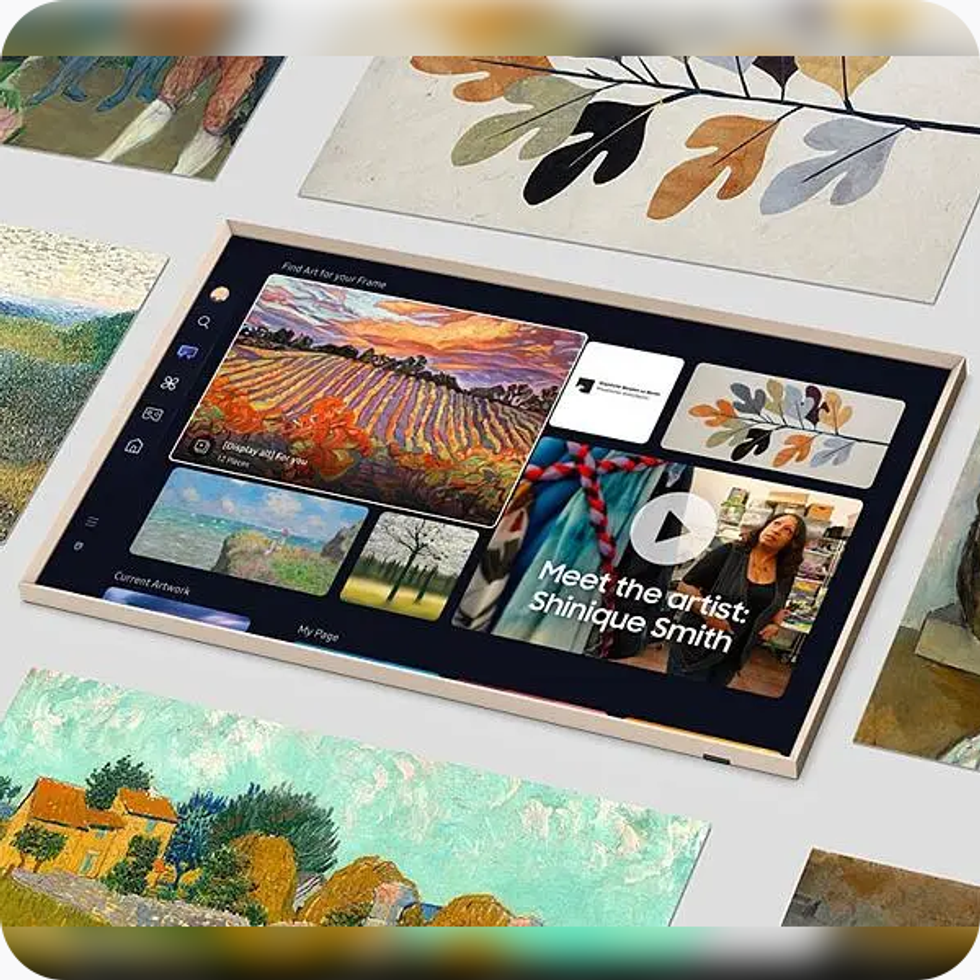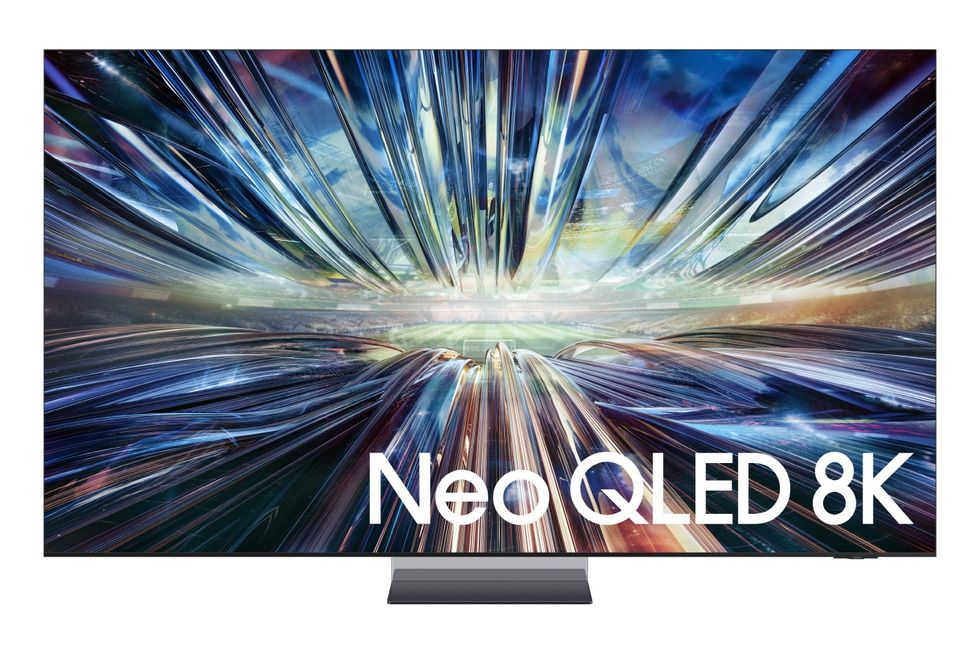Samsung’s new Smart TVs will include Google audio system that sounds like an incredible upgrade

Samsung has announced a swathe of new Smart TVs at the annual CES tradeshow in Las Vegas, Nevada. The South Korean firm, which has held the title of biggest television brand globally for the last 18 consecutive years, has confirmed plans to integrate Eclipsa Audio across the new lineup.
This clever three-dimensional audio technology was co-developed by Samsung and Google in a bid to challenge Dolby Atmos as the standard for high-end at-home audio. The clever new audio format is designed to create immersive three-dimensional sound experiences when watching cinematic television and movies on the sofa.
Claim over £260 worth of apps and subscriptions to watch on The Frame TV from Samsung

Samsung has cut the cost of its popular The Frame television by £200. When not in-use, these clever flatscreens will display famous artwork and photographs so the telly blends in with any other paintings in your home. Not only that, but Samsung will bundle over £260 worth of apps and subscriptions with this TV, including Apple TV+, Xbox Game Pass, Calm, and many more
According to the team behind the new system, Eclipsa Audio allows content creators to precisely control the location and intensity of sounds to craft more dynamic and engaging audio content.
Speaking about the decision to go all-in on Eclipsa Audio, Samsung Executive Vice President and Head of the R&D Team for Visual Display Business, Taeyong Son said: “We are proud to lead the industry with the integration of Eclipsa Audio into our 2025 TV and soundbar lineup. This innovation opens new possibilities for immersive audio experiences and reinforces our commitment to shaping the future of home entertainment.”
Eclipsa Audio has been in the works for years, with the first rumours of a new 3D audio system co-engineered by teams inside Google dating as far back as 2020, with additional details emerging in 2023. When whispers of this Dolby Atmos challenger first emerged, it was known as Project Caviar.
With this all-new 3D audio system set to make its debut in a slew of Smart TVs from the biggest manufacturer on the planet, it could be the beginning of a significant shake-up to the audio technology sector. Samsung has become the first manufacturer to implement this open-source alternative to Dolby’s established immersive audio format.

The launch was initially expected in 2024 but was delayed until this year.
Samsung’s implementation of Eclipsa Audio spans its complete 2025 range, from entry-level Crystal UHD TVs to premium Neo QLED 8K sets. The technology will also feature across the company’s new soundbar lineup, though specific model details have not yet been revealed.
The system creates a three-dimensional sound space around viewers, moving beyond traditional speaker-based audio delivery. Rather than sounds coming directly from speaker positions, Eclipsa Audio places effects within a fully immersive soundscape.
YouTube, owned by Alphabet Inc. — the same parent company as Google, has pledged to become the first video platform to support Eclipsa Audio, with creators able to upload videos featuring the new technology from 2025.
However, viewers will need a 2025 Samsung TV or soundbar to experience the enhanced audio features.
LATEST DEVELOPMENTS
- Millions blocked from free sports streams in ‘largest ever shutdown’
- Countdown to biggest shake-up in history of TV licence fee begins
- Best Sky Stream deals
- Will you start PAYING for Windows 10 this year?
- Fire TV Stick viewers unlock never-before-seen feature that Roku cannot match
- Best Sky Glass deals
YouTube Premium subscribers will have access to premium spatial audio content when available. Unfortunately, there’s currently no word from major streaming services like Disney Plus, Netflix or Amazon Prime Video about support for the Dolby Atmos rival.
“We believe that Eclipsa Audio has the potential to change the way we experience sound,” said Jim Bankoski, Vice President of Engineering, Google Chrome. “We are excited to see how the creator community uses it to create new and innovative audio experiences.”

